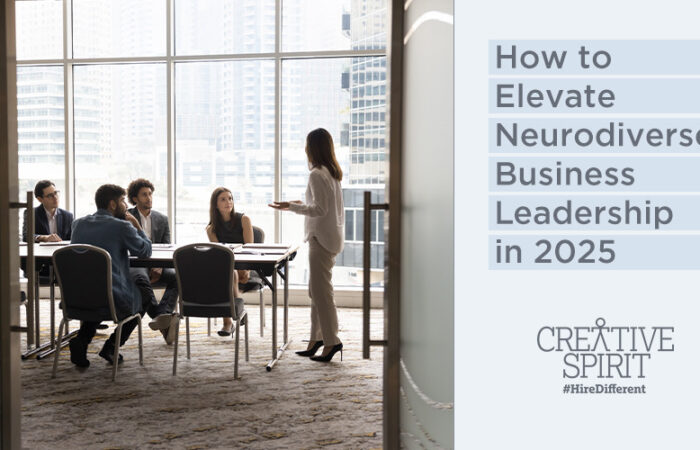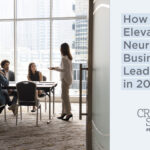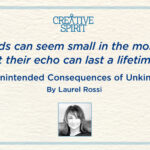BY Menachem Rephun – Creative Spirit Communications Manager, Self Advocate
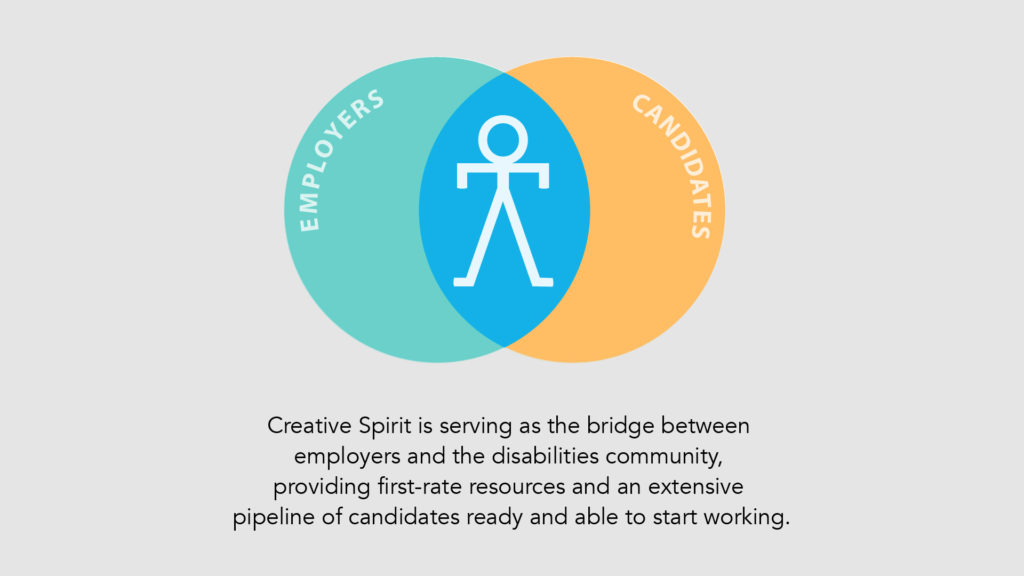
Overview
The COVID-19 pandemic has created an enormous supply in the number of people with disabilities seeking employment, and demand in the growing number of companies eager to hire new talent to drive growth and innovation. Since the World Health Organization (WHO) officially proclaimed COVID-19 a pandemic in March 2020, approximately 1 million people with disabilities have lost their jobs, according to data from the New Hampshire University Institute on Disability (cited by SHRM.org). Due to the unprecedented demand for workers, one would expect the employment rate for people with disabilities to be soaring. Sadly, we’ve witnessed the exact opposite, as the narrow and outmoded hiring practices of many businesses prevent them from tapping into the enormous pool of talent represented by the disabilities community. Creative Spirit’s goal is to help organizations understand that improving and diversifying hiring practices to become more inclusive would be mutually beneficial, relieving the burden of unemployment for people with disabilities and allowing companies to utilize unique talents and perspectives.
Hidden Workers
In a recent report, Harvard Business School coined the term “hidden workers” to refer to potential employees (including those with disabilities) who have been shut out by flawed and restrictive hiring practices. The report estimates that there are as many as 27 million “hidden workers” in the U.S. alone and that workers with disabilities continue to be “hidden” for a variety of reasons, including a widening training gap, inflexible automated recruiting systems, and the fact that many companies only engage with workers with disabilities through corporate foundations or corporate social responsibility (CSR) efforts, reinforcing the myth that hiring people with disabilities is not a competitive advantage but an act of charity or corporate citizenship.
How Can Corporations Help?
Thankfully, companies have numerous options at their disposal to solve this problem. In its report, HBS recommends that employers shift from a system that emphasizes expense minimization, to one that emphasizes human asset maximization, i.e, focusing on the value of an employee and their contribution, rather than the expense and amount of time it takes to find them. Job descriptions should also be revamped to zero in on essential skills and experiences, rather than simply overloading pre-existing job descriptions with new experience preferences and skills. Filters in Applicant Tracking Systems (ATS) and Recruiting Management Systems (RMS) can be shifted from “negative” logic to “affirmative,” focusing on the skills and experiences connected with the role in question, rather than what applicants don’t have. Finally, reaching out to nonprofits that specialize in working with the disabilities community can also go a long way in bringing employees with disabilities on board.
Creative Spirit is proud to be among the nonprofits mentioned above. Since 2017, we’ve been at the forefront of ensuring that people with disabilities can go from being “hidden” to having their strengths and capabilities fully appreciated by employers. Along with the coaching and mentoring services we provide for our candidates, we’re leveling the playing field for people with disabilities by collaborating one-on-one with businesses to help them diversify their hiring practices, break down misconceptions, improve physical and digital accessibility, and eliminate barriers to inclusion. During a time of unprecedented demand for innovative, bold talent, Creative Spirit is serving as the bridge between employers and the disabilities community, providing first-rate resources and an extensive pipeline of candidates ready and able to start working. Visit us at https://www.creativespirit-us.org/ to learn more about who we are and how you can utilize our services today.

